A flying visit to the Finnish boat builder
Marine Alutech puts its products in the right light with Finnish lightness. The shipyard's products are used by authorities in many countries around the world. When you are invited to Finland in May to be presented with maritime technology, as editor-in-chief of marineforum you are naturally immediately electrified: Who invites you to the tranquil town of Lappvik in the south-west of the new NATO partner? Marine Alutech, of course, known for its fast boats in the service of the authorities. You wouldn't expect the size of the Hamburg trade fair for maritime technology SMM or the density of experts at the military-oriented Undersea Defence Technology (UDT), but somehow it seemed as if...
Weiterlesen

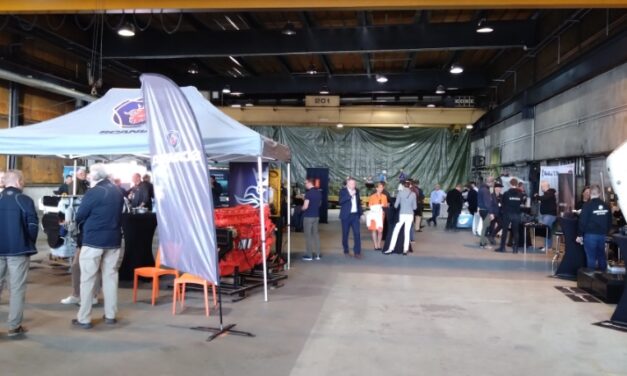
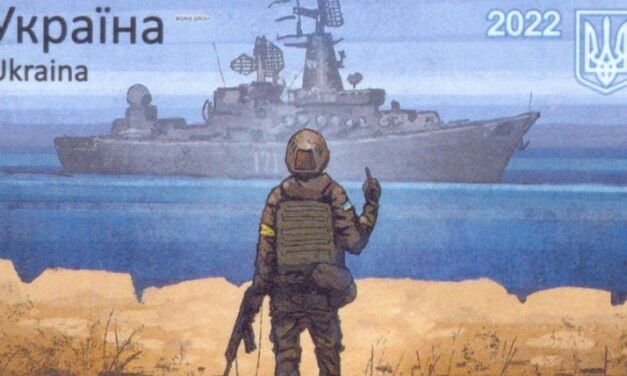
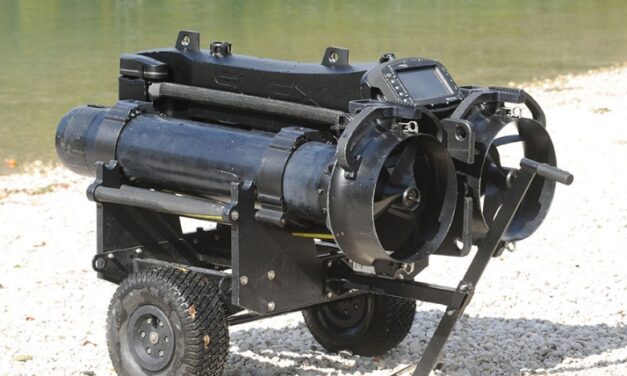
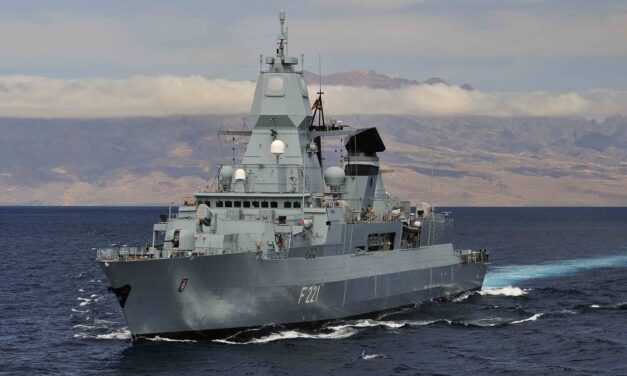
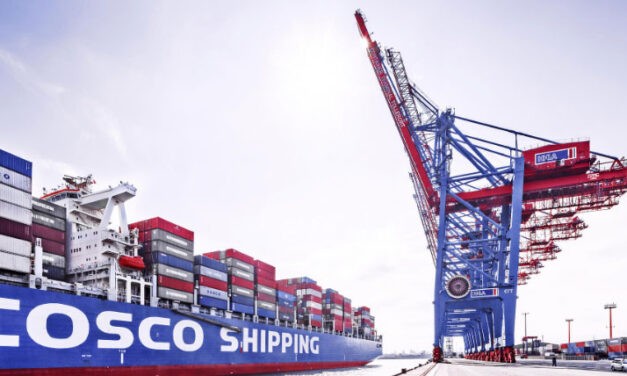
Latest comments